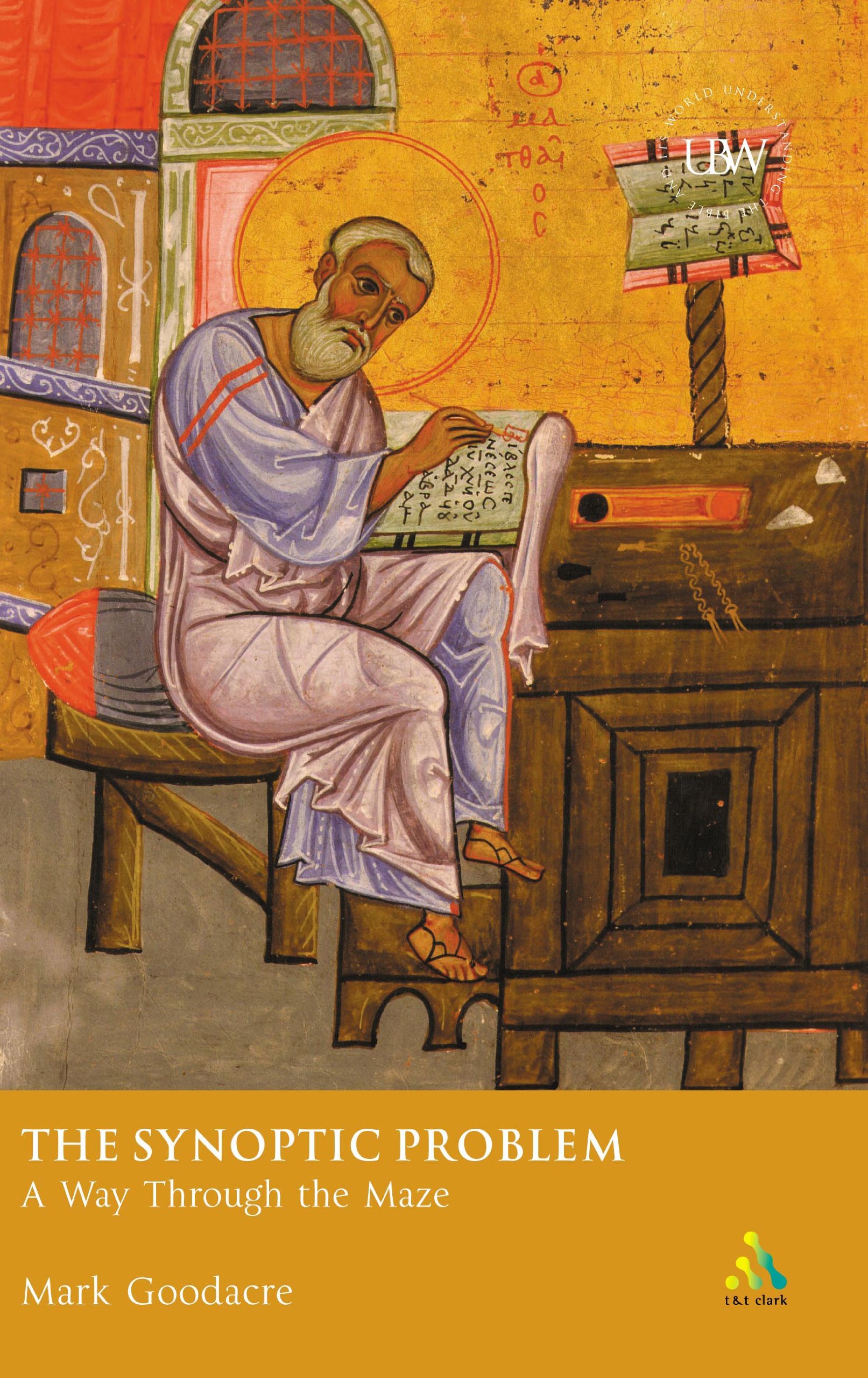by Mark Goodacre
★★★★★
This is an excellent overview of the Synoptic Problem with a proposed solution which bypasses the need for a Q document. Goodacre is intrigued by this mystery, stating that the “Synoptic Problem is probably the most fascinating literary enigma of all time.” He provides a fair analysis of why scholars tend to favor Q as a solution, but then dismantles the arguments in favor the Farrer Theory.
The Synoptic Problem seeks to explain the similarities between Matthew, Mark and Luke, which are simply too similar to have been written indepently. But what is the relationship between the three? Which gospel(s) copied from which, why did portions of the gospel story get left out in the copying, and where did any new material come from?
While Q is the assumed missing link in the Two-Source Theory (which states that Matthew and Luke relied on Mark and an as-yet unfound sayings gospel known as Q), the Farrer Theory also assumes Markan priority but then goes in a different direction. It proposes that Luke actually relied on Matthew and Mark, with no need for another source. The idea is that Luke found Matthew’s work largely unacceptable and picked over those additions to Mark that he found in line with his own emphasis while discarding other material. After admitting that the solution is far from proven, Goodacre appeals to Occam’s Razor, choosing what he feels is the less complex solution. If you’re familiar with the divisions titled Mark, Q, M and L, the idea here is that M and Q are Matthew’s additions to Mark, but Q doesn’t derive from an earlier source … it merely represents that portion of Matthew’s additions that Luke chose to retain in his own rewrite.
Written with clarity and numerous examples, but without digging deeper than necessary to portray the issues, this is the best book I’ve read yet about the Synoptic Problem.
Originally published in 2001 by T&T Clark International, this book is now placed in the public domain and made available by the Internet Archive.
T&T Clark International, © 2011
ISBN: 0-567-080-560

